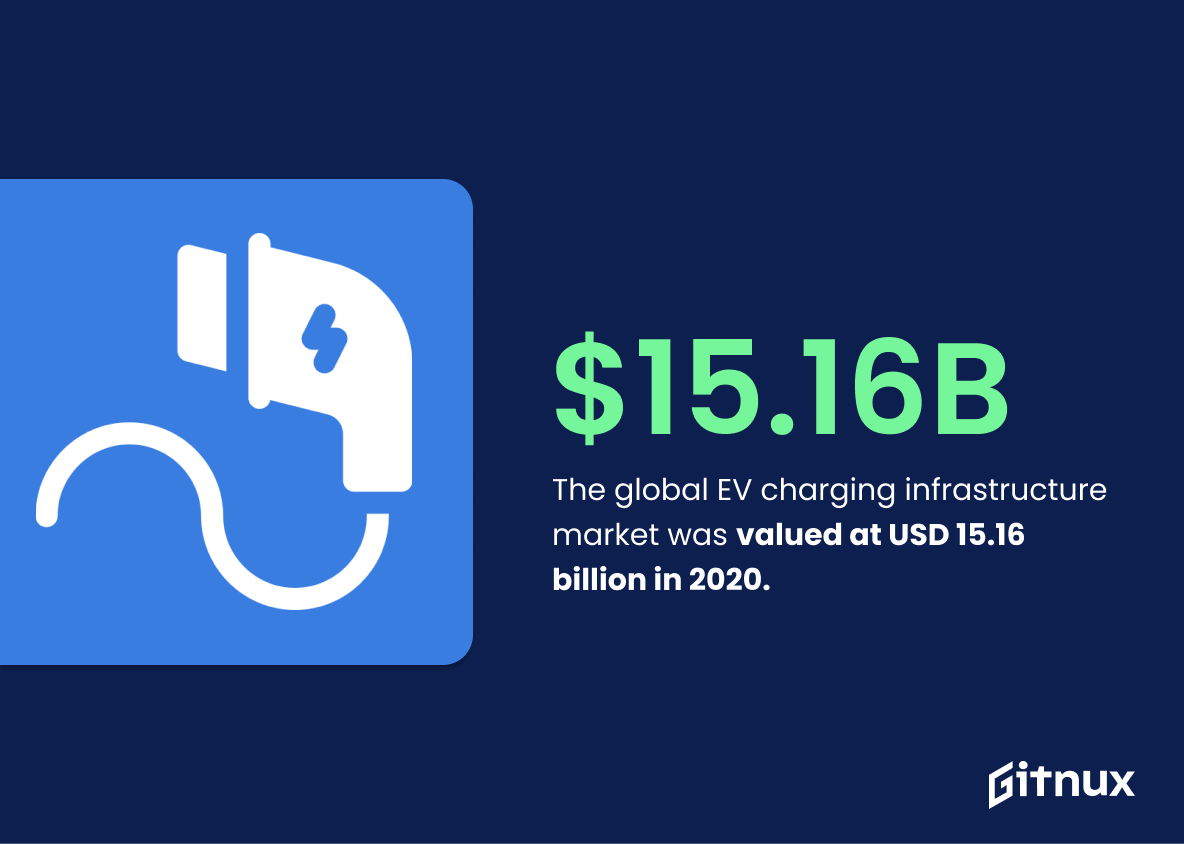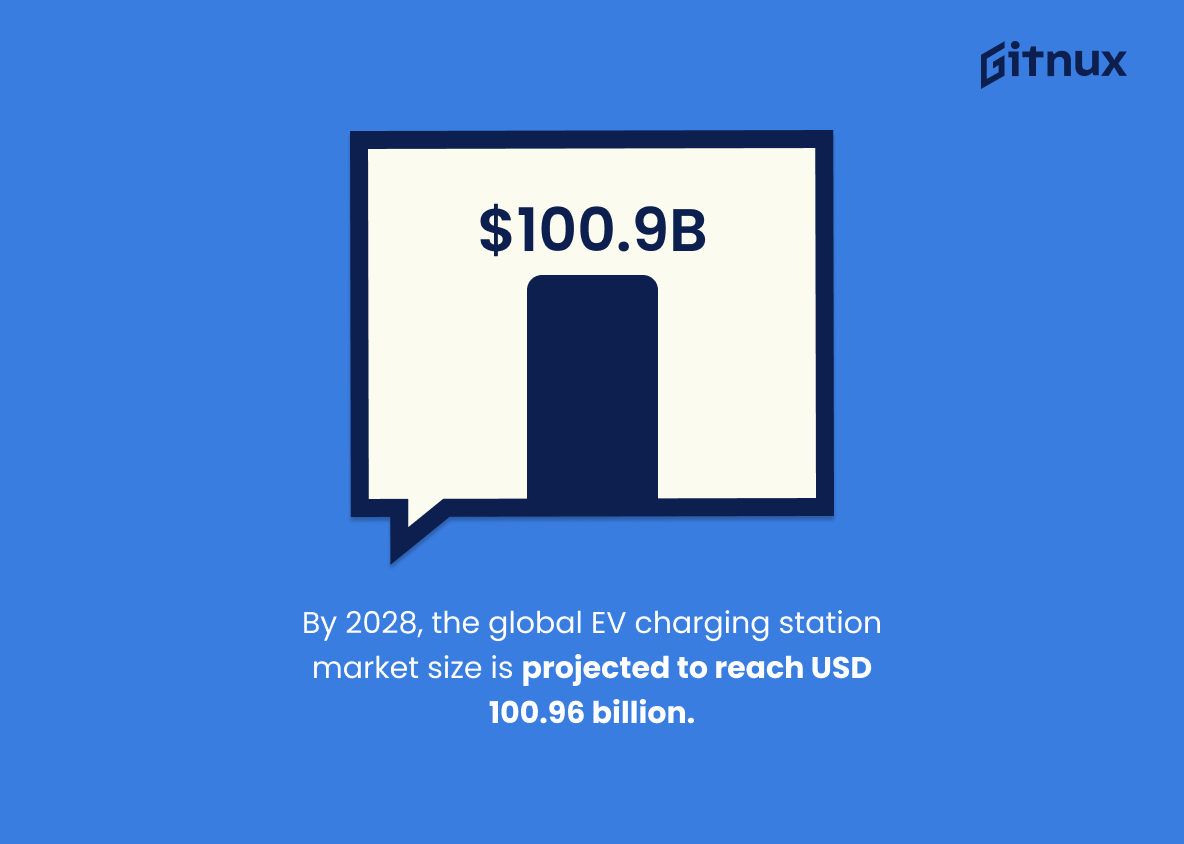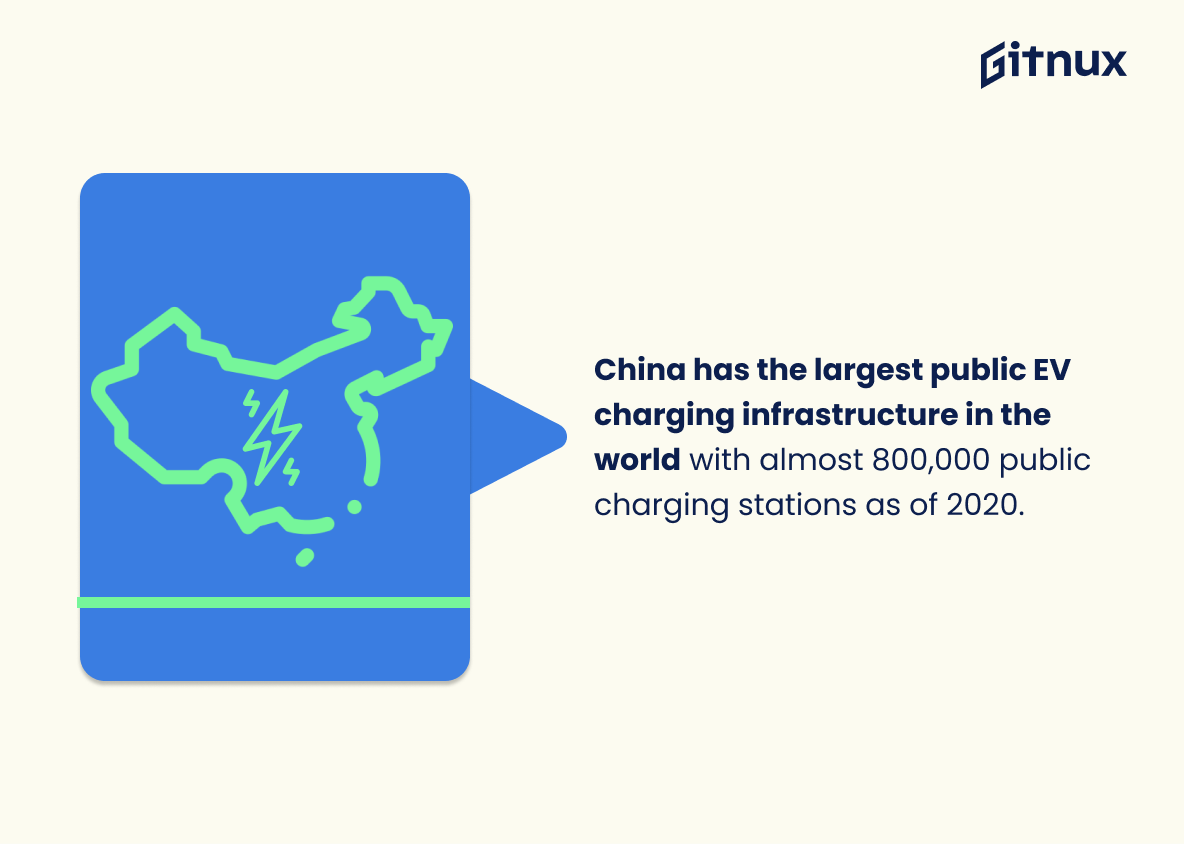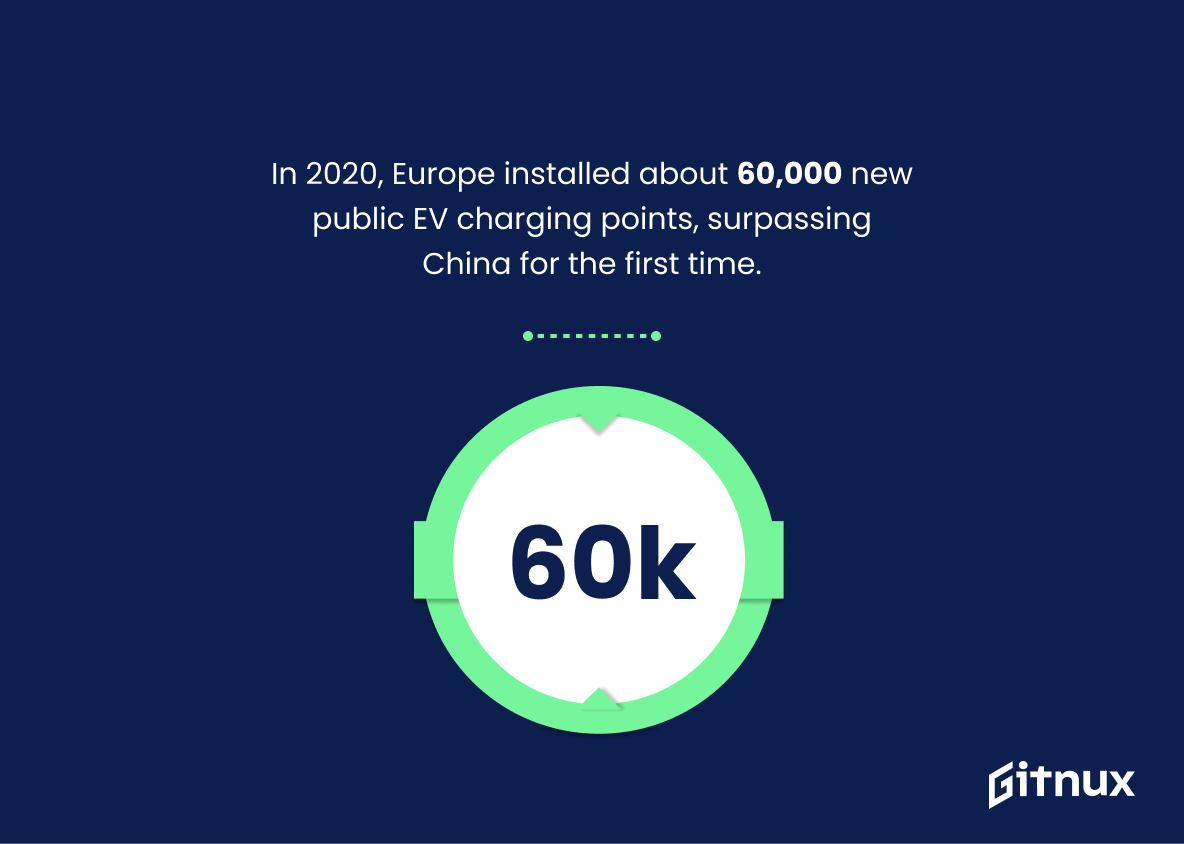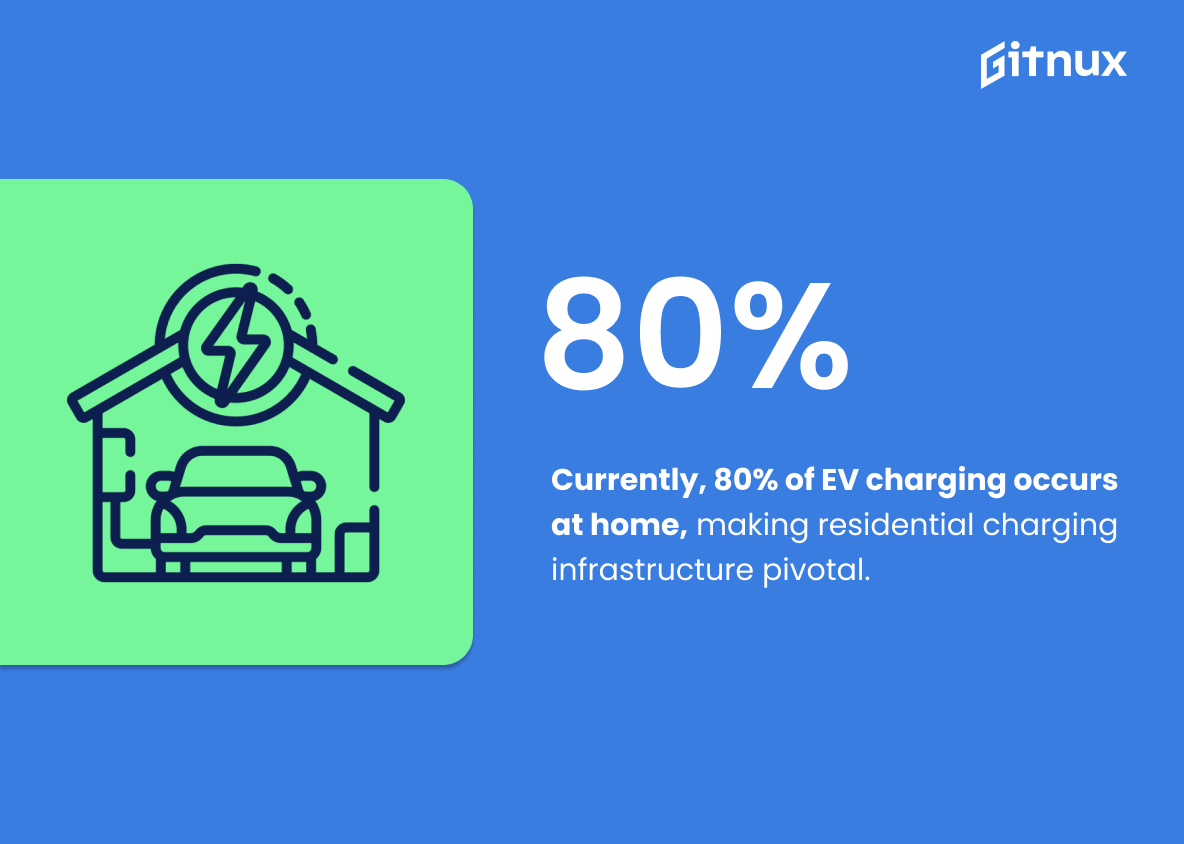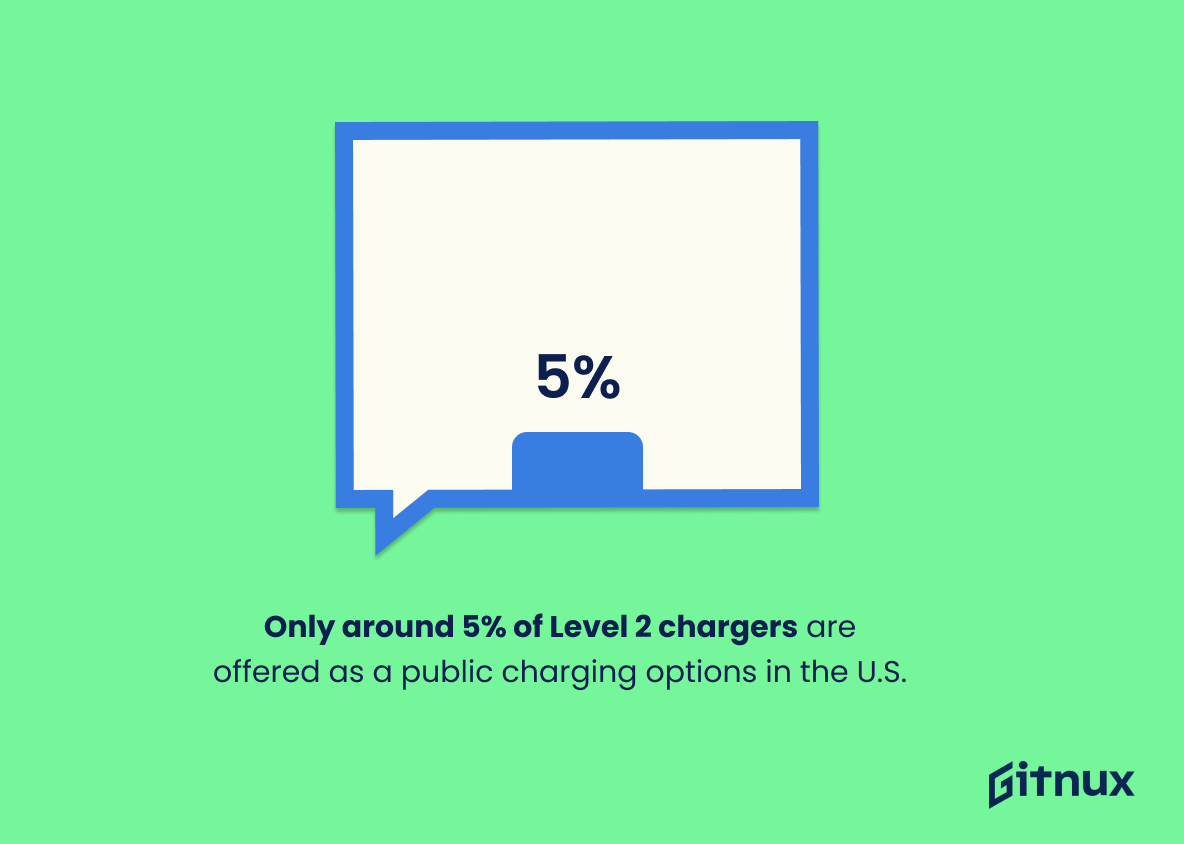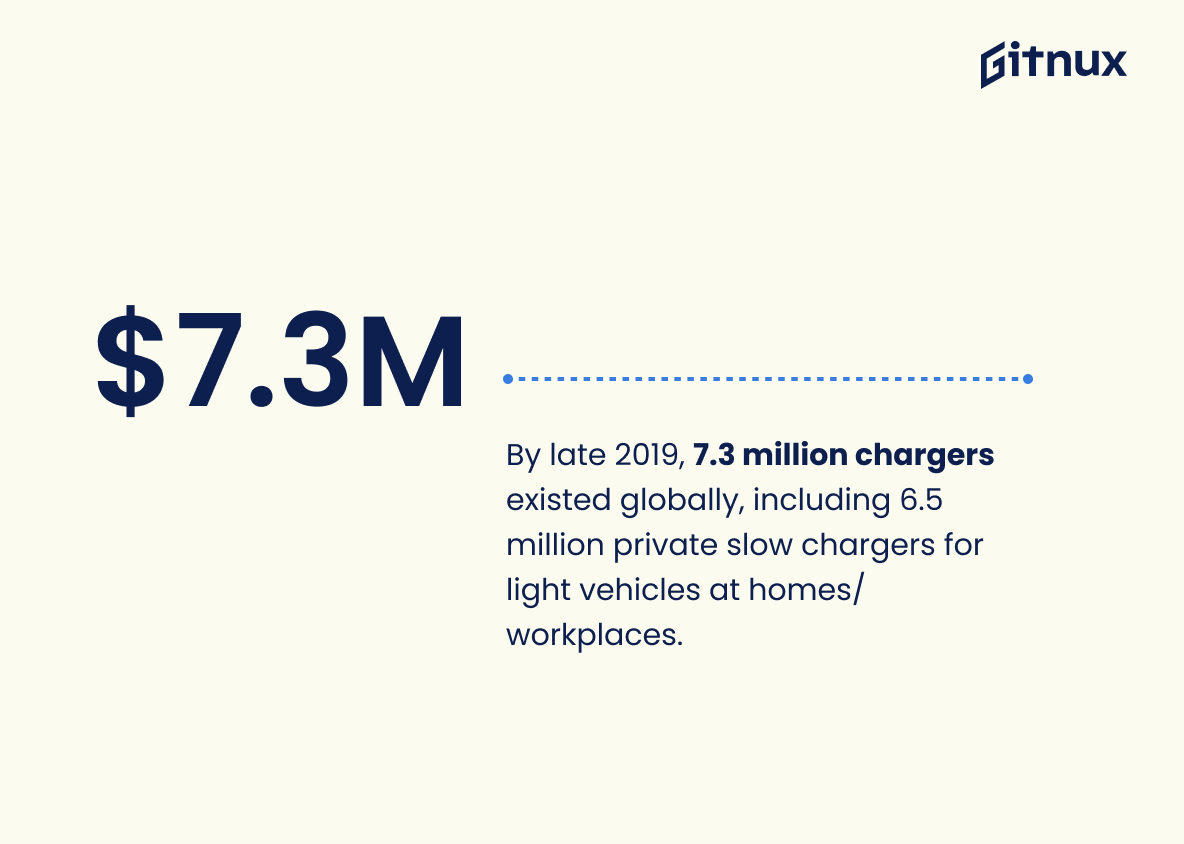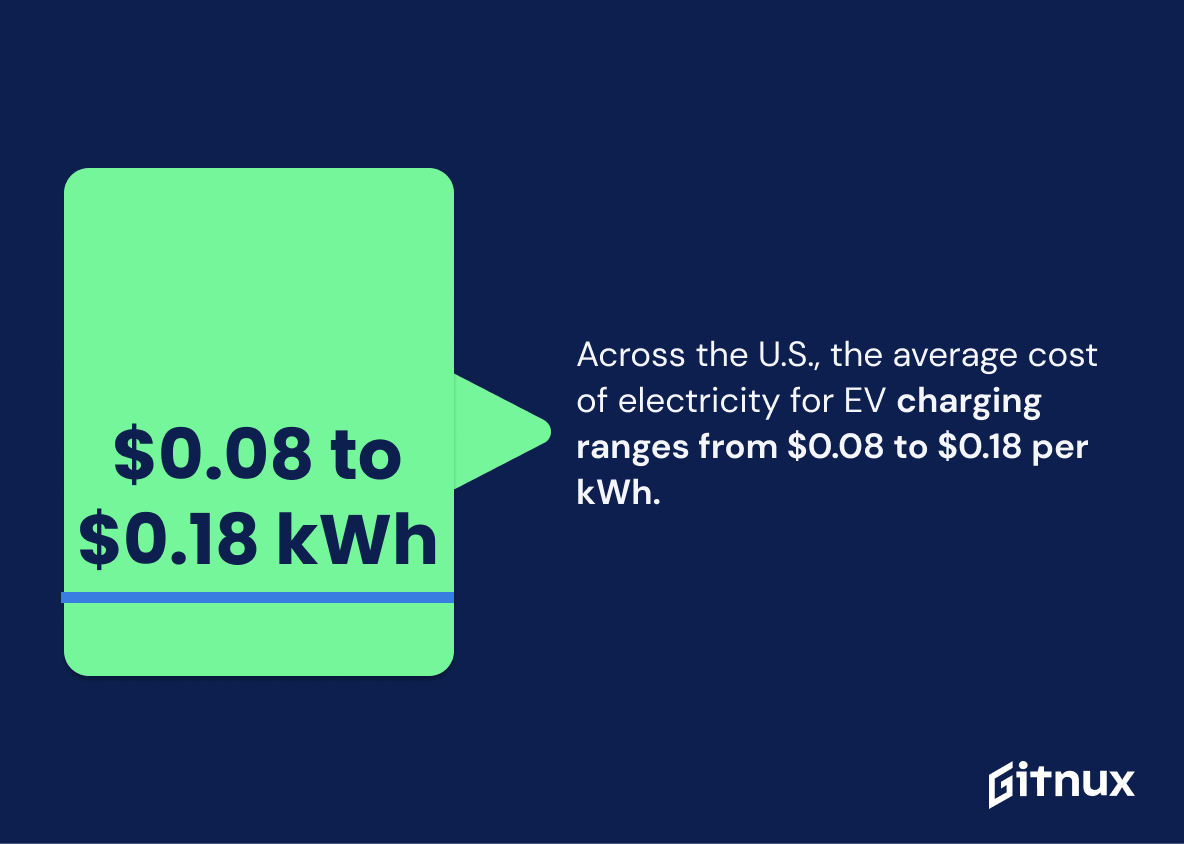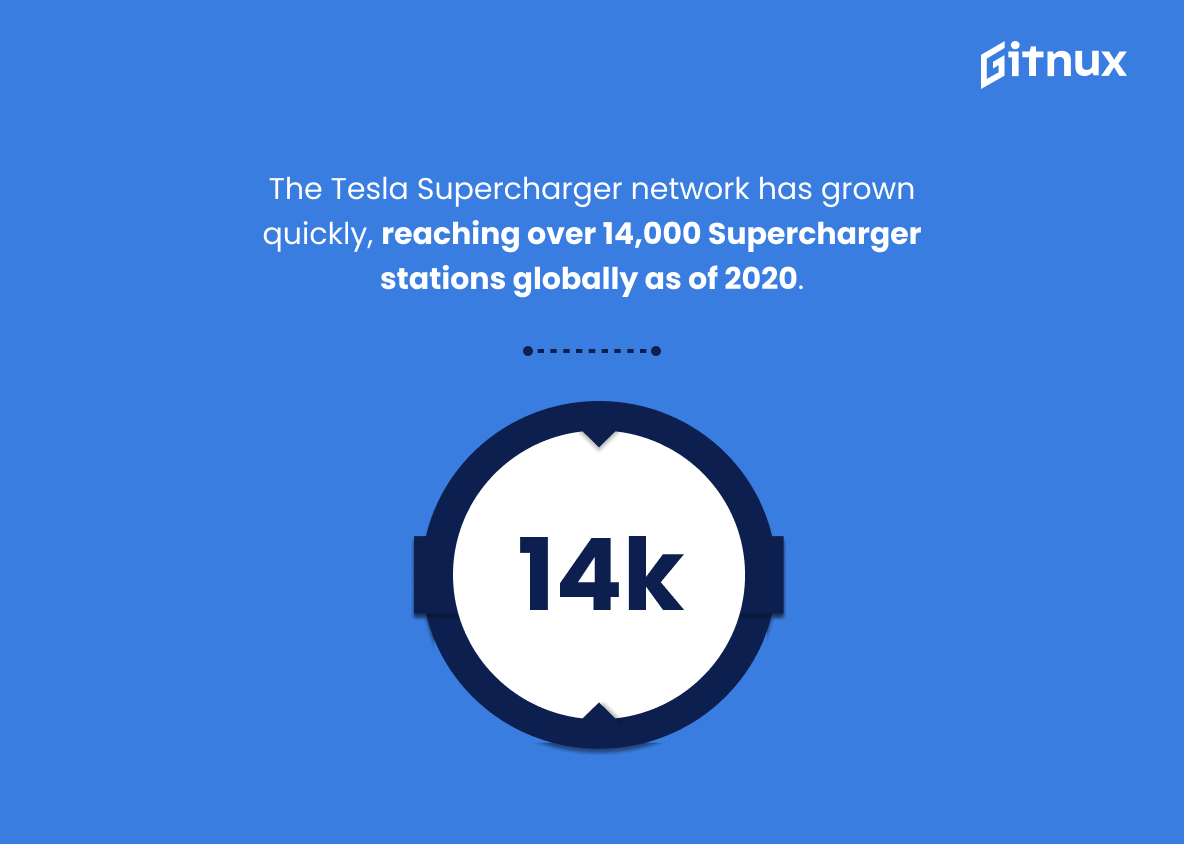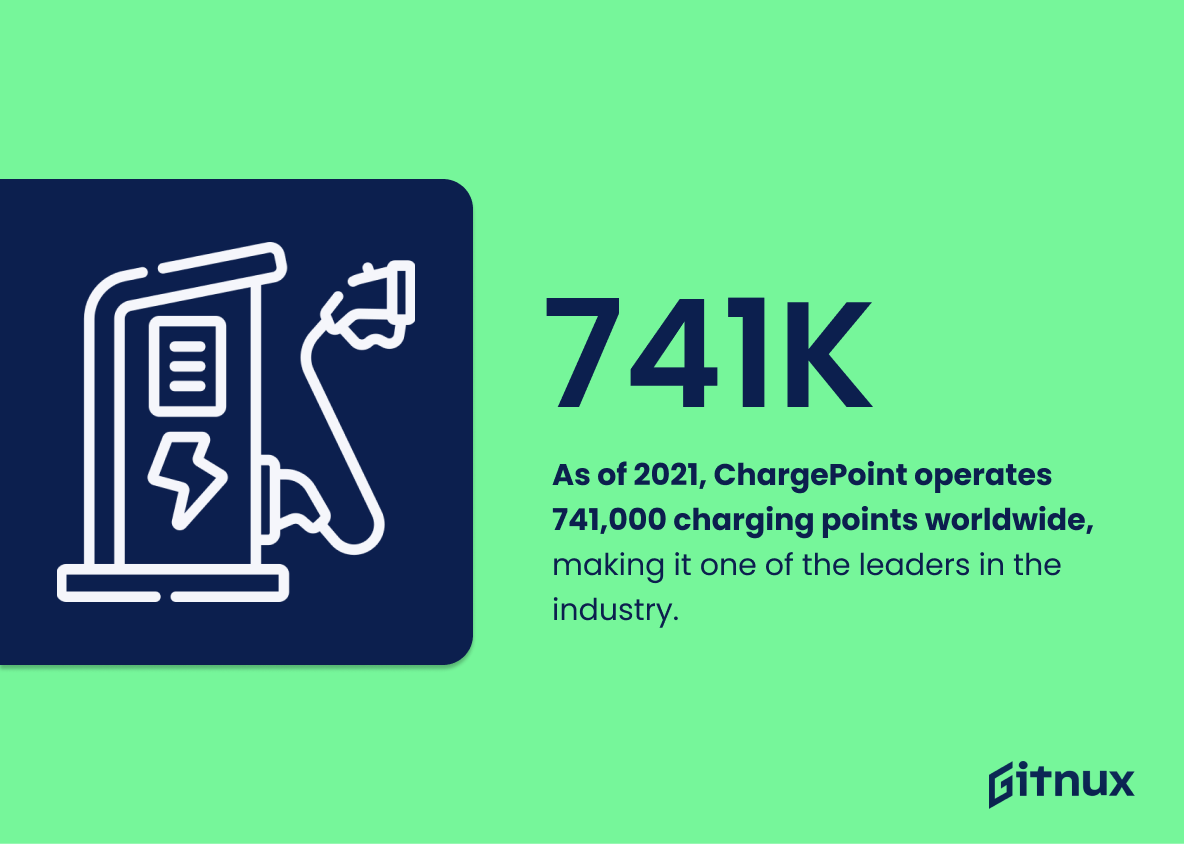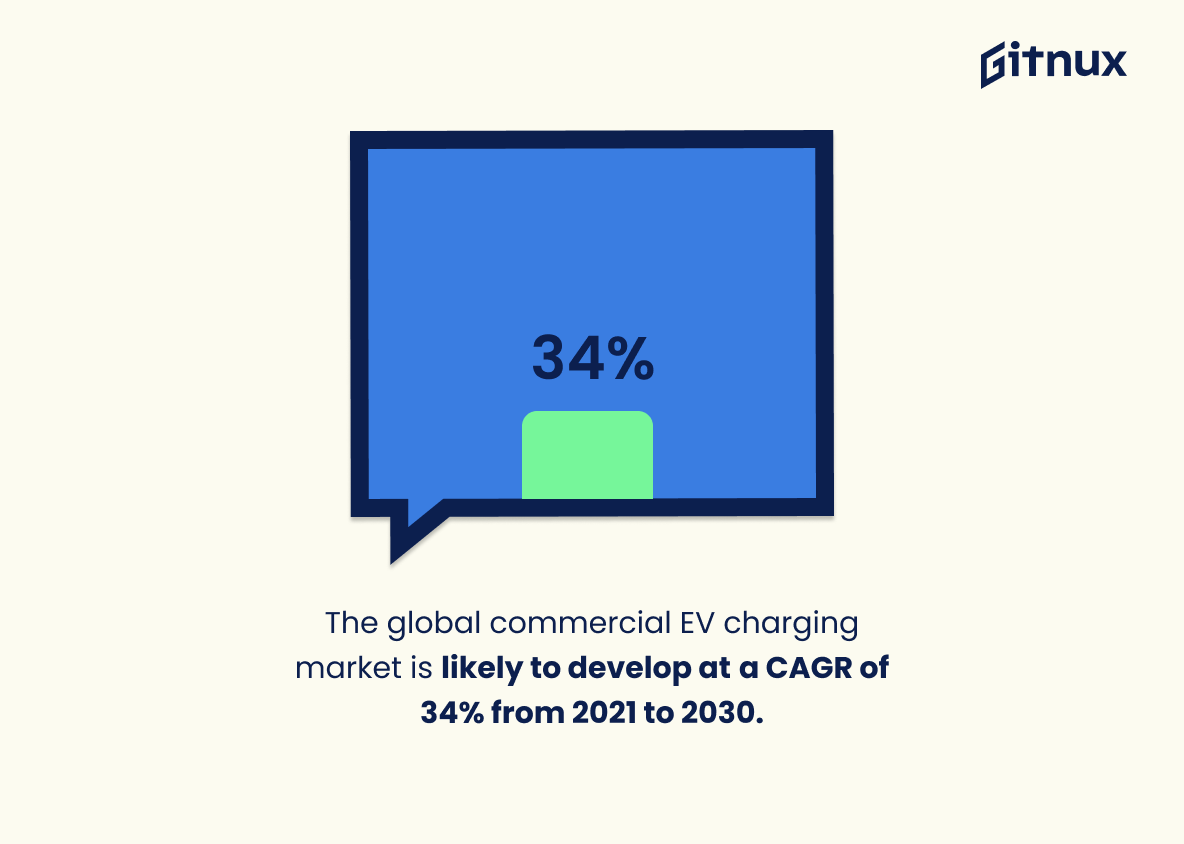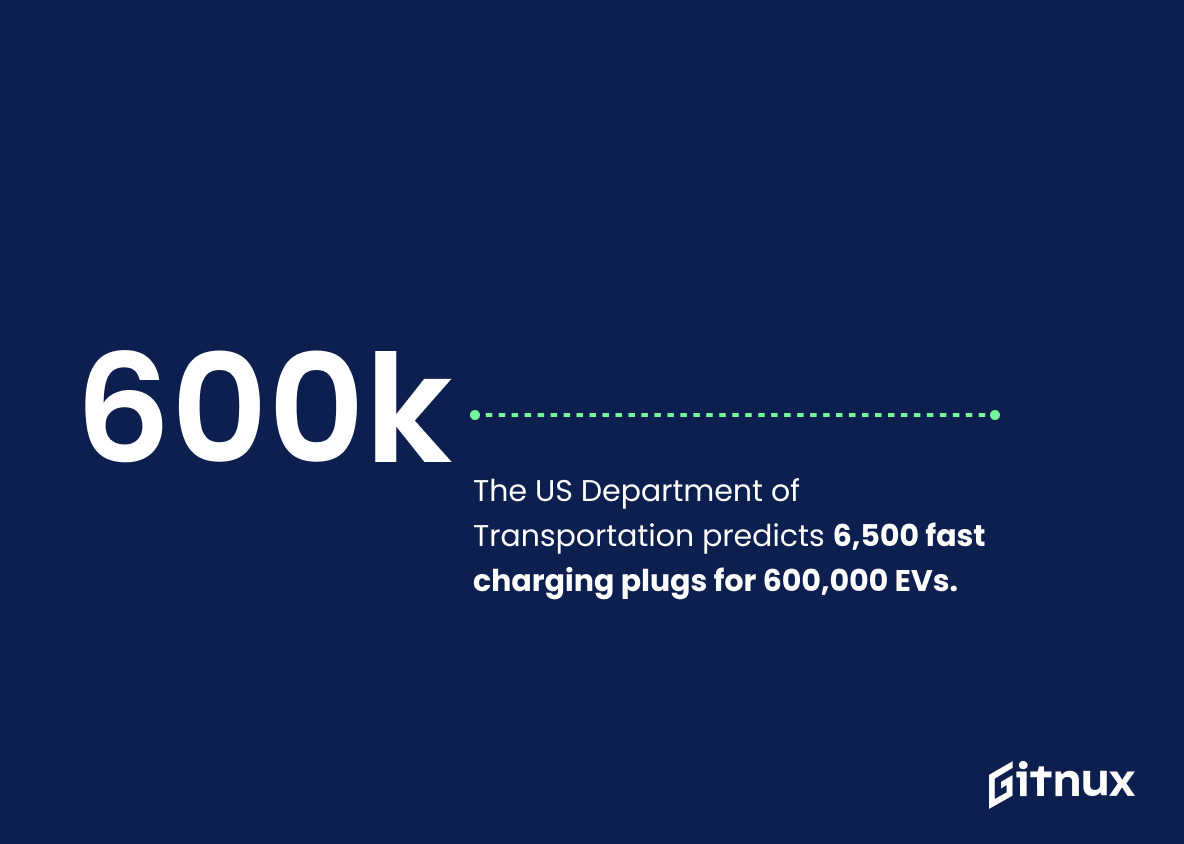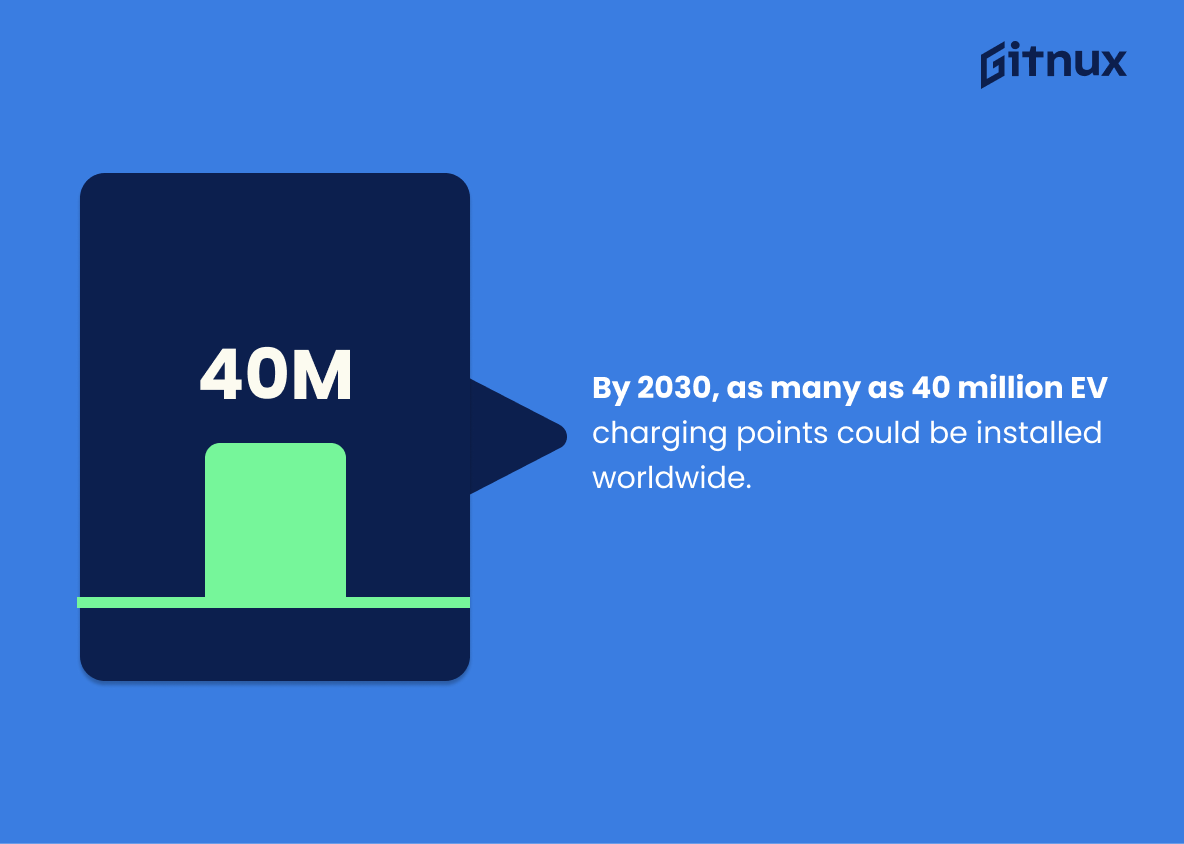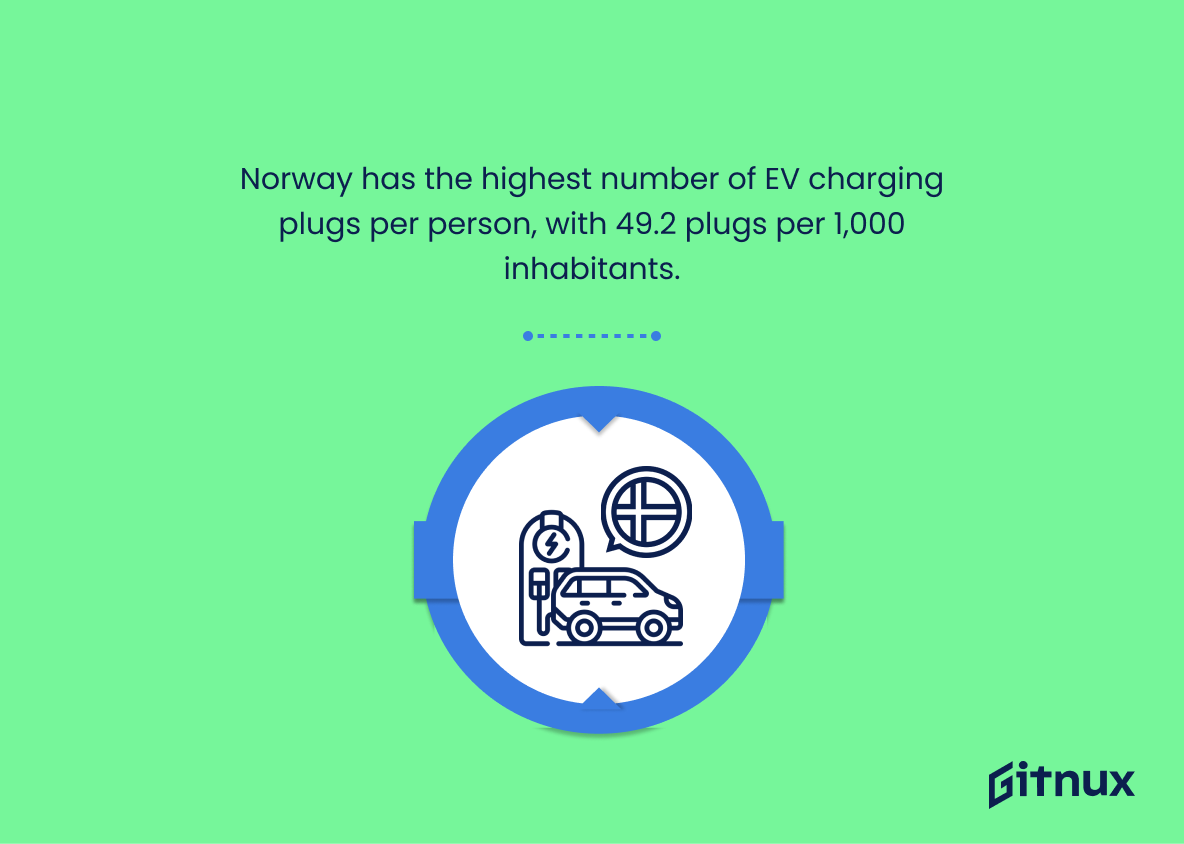As we journey towards a greener and more sustainable future, electric vehicles (EVs) are driving us ahead. With the rapid advancement in EV technology, there’s a concurrent insurgence in the EV charging industry, propelling a monumental shift in the way we power our transport. Our world is steering away from fossil fuels, catalyzing an upsurge in the demand for EV charging stations. In this blog post, we delve deep into the undercurrents of the EV charging industry, unraveling illuminating statistics that capture this industry’s scale, growth, and pivotal trends to watch. Brace yourselves to gain electrifying insight into how this industry is shaping the trajectory of modern mobility.
The Latest Ev Charging Industry Statistics Unveiled
The global EV charging infrastructure market was valued at USD 15.16 billion in 2020.
Shedding light on the financial magnitude of the global EV charging infrastructure, which was estimated at a substantial USD 15.16 billion valuation in 2020, serves as an undeniable testament to the burgeoning prominence of the EV charging industry. This remarkable figure not only underscores the swift progress the industry has made in recent years, but also hints at its potential for future expansion and profitability. Delving into this dimension on a blog pertaining to EV Charging Industry Statistics could provide readers with insightful perspectives about the economic backdrop of the industry, creating a well-rounded understanding of its landscape, and opening dialogues about its implications and forward-looking trends.
By 2028, the global EV charging station market size is projected to reach USD 100.96 billion.
This projection boldly underlines the tremendous potential and dynamism anticipated within the global EV charging station market, at a staggering value of USD 100.96 billion by 2028. In a world increasingly driven towards sustainable energy solutions, this statistic paints a compelling picture of the role the EV charging industry will play in this transformation. This, in turn, indicates a surge in opportunities for innovation, investment, and infrastructure strategy. Moreover, it signifies a substantial stride towards a green future, accentuating the urgency and importance of the EV charging industry in our blog discussions.
There are over 22,000 publicly accessible charging locations for plug-in EVs in the U.S. as of 2021.
Examining the significance of over 22,000 publicly accessible charging stations for plug-in EVs in the U.S. as of 2021 paints an intriguing picture for the EV Charging Industry Statistics. This figure not only stands as a testament to the burgeoning EV market, but also indicates progressive infrastructural development within the sphere. Furthermore, it illustrates the upward trend towards renewable energy adoption and signifies a vibrant landscape for further expansion and investments in the EV charging industry. This number thus serves as a cornerstone, pressing the accelerator on the narrative of a clean, sustainable, and electrified future.
China has the largest public EV charging infrastructure in the world with almost 800,000 public charging stations as of 2020.
Inundating the electric vehicle (EV) universe, China’s staggering figure of nearly 800,000 public charging stations as of 2020 underscores a phenomenon of immense significance. It serves as a colossal landmark in the global narrative of charging infrastructure, illustrating the country’s thundering leap in embracing and propelling the transition towards a greener, more sustainable transport landscape. Furthermore, it offers a piercing insight into the scale of investment, government backing, and strategic planning that go into fostering a robust EV charging infrastructure, setting a monumental precedent in the EV charging industry. Hence, in the light of a discourse around EV charging industry statistics, the colossal Chinese footprint cannot be understated, for it compellingly plots the trajectory of a world moving steadfastly towards electrifying its wheels.
In 2020, Europe surpassed China for the first time in EV charger installations, with around 60,000 new public slow and fast charging points.
The exciting unraveling of the 2020 data showing Europe surpassing China in EV charger installations sets a new milestone. This crucial statistic underlines Europe’s accelerating drive towards green mobility, thereby enhancing discussions about EV charging industry trends. With approximately 60,000 new public slow and fast charging points added, this shift in leading role testifies to Europe’s growing commitment to EV infrastructure development, thereby dramatically altering the global EV charging landscape. This shift not only shapes the industry’s competitive dynamics but also provides insight into the strategic moves of key EV market players. Moreover, the data adds depth to our understanding of market patterns, growth potential, and offers a strong indication of where future investments may be directed.
Currently, 80% of EV charging occurs at home, making residential charging infrastructure pivotal.
Surely, an astute observer would grasp the significance of the statistic stating that a whopping 80% of EV charging takes place at home. Paints a vivid imagery, doesn’t it? Like an electric charge coursing through the veins of our houses, our homes serve as the lifeline fueling these EVs, catapulting the residential charging infrastructure into a place of paramount importance. For those writing about EV Charging Industry Statistics, this is the equivalent of unearthing a goldmine. It implicates not just where and how we power our vehicles, but the very pathways that the EV charging Industry needs to pave for a greener, more efficient future where residential areas aren’t just homes, but power hubs for our rides.
Only around 5% of Level 2 chargers are offered as a public charging options in the U.S.
Taking into consideration the aforementioned fact that a meager 5% of Level 2 chargers are currently accessible to the public in the U.S, it clearly sheds light on a pivotal facet of the evolving landscape of the EV Charging industry. Level 2 chargers, known for their faster charging capacities compared to basic Level 1 chargers, are integral in boosting widespread EV adoption. As such, the relatively low availability areas in public places may pose challenges in the wider adoption and convenience of electric vehicle usage.
The statistic serves as an eye-opening moment for stakeholders in the EV charging industry, pushing for an imperative to enhance public access to Level 2 chargers. It also emphasizes the potential market growth opportunities for companies to expand their footprint in public charging facilities. Therefore, it sets the stage for heated discussions about augmenting EV infrastructure, thereby highlighting the importance of facilitating faster charging options in public spaces.
By the end of 2019, there were about 7.3 million chargers worldwide, of which about 6.5 million were private, light-duty vehicle slow chargers in homes, workplaces, or multi-dwelling buildings.
Examining at the figure mentioned, one can plunge into a pool of revelations in the arena of the EV Charging Industry. The number conveys that by the end of 2019, a staggering 7.3 million chargers had been installed around the globe. Dig a bit deeper and you find that it is the private sector’s contribution that truly shines. Out of the total, 6.5 million were specifically private, slow chargers for light-duty vehicles in residences, workplaces, or multi-dwelling buildings.
Now, pause and ponder over the underlying importance of this figure. It bolsters the claim that the private sector is making rapid strides in securing a dominant footprint in the EV charging arena. This widespread installation of home or workplace-based slow chargers suggests an increasing acceptance of electric vehicles among the populace. It indicates the evolving preference of motorists transitioning from gasoline vehicles towards their more environmentally friendly counterparts – electric vehicles.
Further, the statistic accentuates the potential growth space for companies catering to the EV charging infrastructure. The more the adaptability of electric vehicles, the higher the demand, and thus, the higher the need for more robust and diverse EV charging solutions. Thus, this figure introduces readers not only to the present scenario but furnishes them with an insightful glimpse into the future trends of the EV Charging Industry.
Across the U.S., the average cost of electricity for EV charging ranges from $0.08 to $0.18 per kWh.
Illuminating the economic landscape of the EV charging industry, our highlighted nugget of statistical gold peeks into the diverse range of electricity costs for EV charging across the United States. With a spectrum spanning from $0.08 to $0.18 per kWh, these figures hint towards a wider narrative. This potent piece of data reflects the variable expenditure associated with EV operation, influencing consumer decision-making, from the individual choosing their first electric vehicle to the corporate investor diving into the EV industry. Furthermore, it lays a foundation for understanding the interplay between energy policies, regional electricity rates, and the financial feasibility of electric vehicles. Without doubt, these numbers carry significant weight in sculpting the horizon of the burgeoning EV charging industry.
The Tesla Supercharger network has grown quickly, reaching over 14,000 Supercharger stations globally as of 2020.
Reflecting on the robust growth of the Tesla Supercharger network, which soared to over 14,000 stations globally by 2020, draws a contour of the tenacity and potential of the EV charging industry. This significant figure not only paints Tesla’s undeterred infrastructural expansion but also underlines the high gear shift in consumer behavior towards electric vehicles. As such, it’s a number that generates ripples, echoing the industry’s readiness for a cleaner, electric future, thus making it a critical talking point in any conversation centered around EV charging industry statistics.
As of 2021, ChargePoint operates 741,000 charging points worldwide, making it one of the leaders in the industry.
The imposing presence of 741,000 charging points globally, managed by ChargePoint as of 2021, paints an intriguing narrative in the exploration of EV Charging Industry Statistics. It is a solid affirmation of their dominance and substantial influence in the sector, and a beacon of their immense contribution to the electric vehicle revolution. Moreover, it delivers vital insights into the trending growth and expansion strategies among leading players in the EV charging landscape. Such a statistic serves as a scaling ladder for budding enterprises, while giving potential investors, researchers, and stakeholders a vivid context and understanding of the market dynamics and competitive landscape. Crucially, this figure is a testament to the increasing global green energy adoption, proving that the EV charging infrastructure is not just budding, but flourishing worldwide.
The global commercial EV charging market is likely to develop at a CAGR of 34% from 2021 to 2030.
Peeling back the layers of this fascinating statistic reveals a pulsating future for the global commercial EV charging market. A projected CAGR of 34% from 2021 to 2030 signals more than just impressive growth – it’s a tale of an industry on the cusp of significant transformation. Interpreting this statistic on a blog post about EV Charging Industry Statistics illuminates market trends, potential returns for stakeholders, and most importantly, underlines the progressive shift towards sustainable mobility. It amplifies the voice of change, celebrating each stride the EV charging industry takes towards redefining transport infrastructure, and aiding readers in discerning the magnitude of opportunities this industry offers over the coming decade.
The U.S. Department of Transportation estimates that 6,500 fast charging plugs would be needed to accommodate 600,000 EVs.
This significant figure brings forth the crux of a crucial issue for the EV charging industry – infrastructural needs. As we step into the future with 600,000 Electric Vehicles (EVs) on U.S. roads, it’s not just about facilitating a shift to a more sustainable mode of transportation. This statistic propels us to confront a deeper question: are we equipped to support this transition?
The U.S. Department of Transportation’s estimate of needing 6,500 fast charging plugs serves as an indicator of the scalability requirements for EV infrastructure. In the lens of the EV charging business, this statistic is akin to a roadmap providing guidance on the scale of investments, partnerships, and technological innovations required to align the industry for the upcoming surge in EV usage.
Furthermore, the insight derived from this statistic is not just informative but transformative – it reflects the potential market size, delineates opportunities for growth, and also sets a direct correlation between EV adoption rates and the demand for fast charging plugs. So, to keep up with the 600,000 EVs’ charging demand, we need precisely those 6,500 fast charging plugs, a fact that paints a vivid picture of an upcoming business landscape for entrepreneurs, investors, and policy-makers.
By 2030, as many as 40 million EV charging points could be installed worldwide.
Visualize a world in 2030, where a web of 40 million EV charging points spans across the globe. This statistic carries immense significance as it telegraphs the enormous trajectory of growth within the EV Charging Industry. It’s the suggestive heartbeat of an evolutionary momentum gearing towards cleaner energy sources, reinforcing the importance of adaptability of avenues like EV charging. With every unit within the massive 40 million, it paves a stone in the path of a sustainable transit system, offering insightful data about sizeable investments, technology advancements, business opportunities, and policy decisions in this sector. It’s a numerical telling of a tale, where the protagonists are eco-conscious moves aiming to rewrite the future of mobility.
Norway has the highest number of EV charging plugs per person, with 49.2 plugs per 1,000 inhabitants.
Highlighting the impressive number of 49.2 electric vehicle (EV) charging plugs per 1,000 inhabitants in Norway gives a truly electrifying glimpse into the future of green transportation. This remarkable figure establishes a benchmark for EV infrastructure – offering a clear indication of where the global charging industry could aim as it seeks to foster mass EV adoption. By making an ecosystem where EVs can flourish, Norway is propelling a radical shift in vehicle technology, setting a trailblazing example for other countries around the globe. Conversations about EV infrastructure cannot be complete without reflecting on such trailblazing examples – a powerful testimony of a country being wired for the future.
Conclusion
In a world progressively moving towards sustainable and renewable energy resources, the EV charging industry stands as a formidable powerhouse in the revolution. The industry’s burgeoning growth indicates not only a shift in consumer preferences but also the palpable strides in innovation and infrastructure. As current statistics show, EV charging stations will soon be a common sight around the globe, supporting electric vehicles and, in turn, our planet’s health. The robust development forecasts for this sector validate its pivotal role in shaping our eco-friendly future. So, whether it’s through business opportunities, employment generation, or simply as an electric vehicle owner, the EV charging industry is making its impact felt – an impact that promises a cleaner, greener tomorrow.
References
0. – https://www.www.chargepoint.com
1. – https://www.www.greenbiz.com
2. – https://www.www.energy.gov
3. – https://www.www.bloomberg.com
4. – https://www.cleantechnica.com
5. – https://www.www.transportation.gov
6. – https://www.plugincanada.ca
7. – https://www.www.statista.com
8. – https://www.www.afdc.energy.gov
9. – https://www.www.psmarketresearch.com
10. – https://www.www.iea.org
11. – https://www.www.fortunebusinessinsights.com
12. – https://www.www.norway.no
